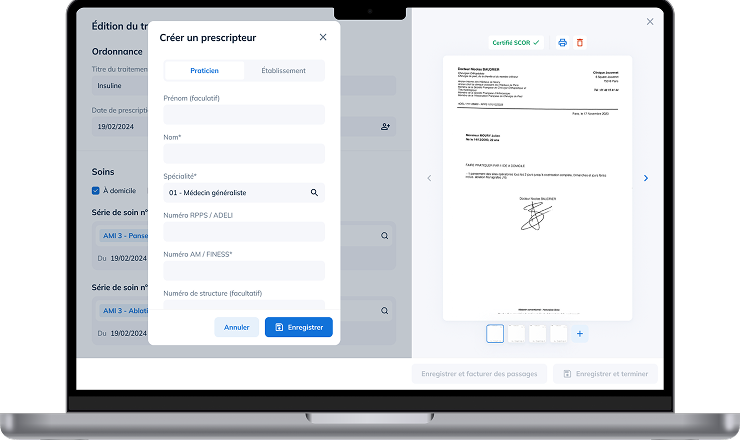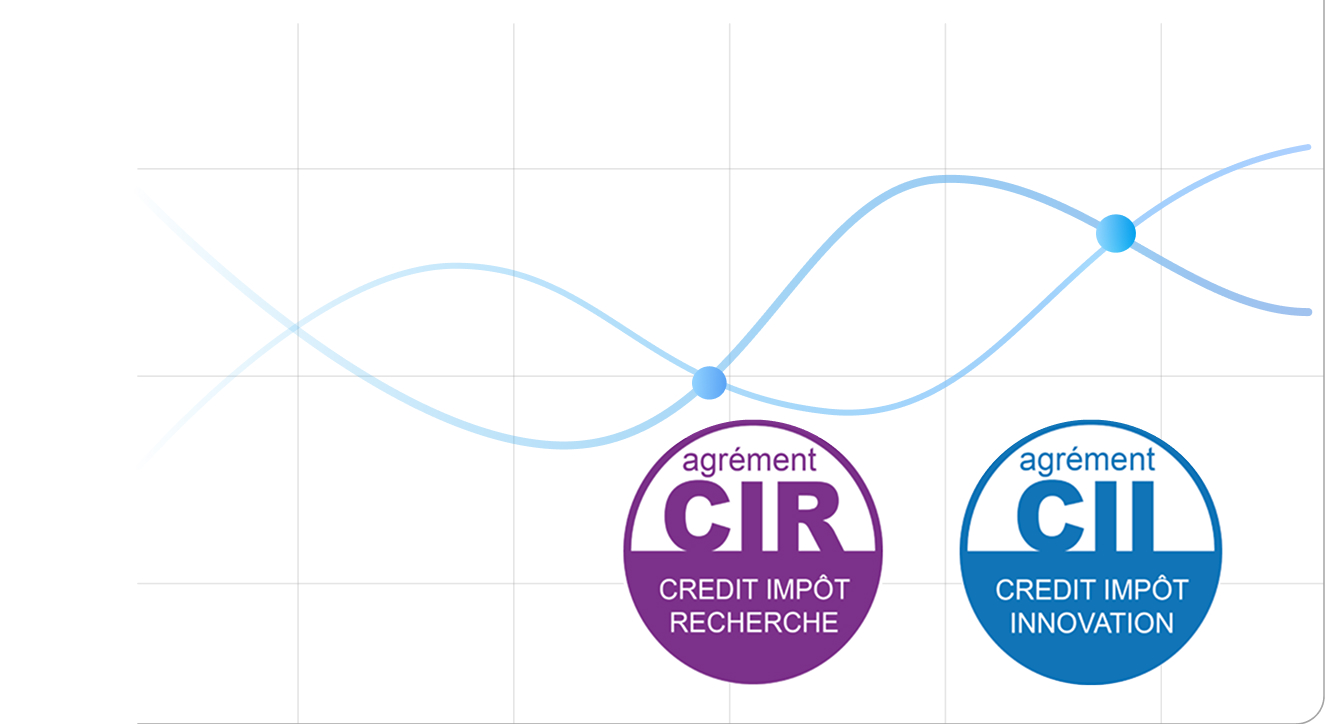Powering Scaleups with Elite Polish Tech Teams
with Polish Finest Engineers

Trust from Industry Leaders Trusted by Most Ambitious Companies






























Bridging Polish Tech Mastery
with Innovation
What we’re good at


Our services

Portfolio overview
stages achieve real-world success



Technologies










Why Poland for Your Tech Success?
Tech Talent Powerhouse:

Cost-Effective Excellence:

Cultural Synergy:

Built for Growth:

Unlock up to 30% in tax savings through our CIR and CII accreditations

Blog
Podcast
Company : Weglot
Weglot, offers a website translation solution compatible with all website technologies. Serving over 110,000 websites worldwide, Weglot enables businesses to make their websites accessible in 110+ languages. In March 2022, Weglot secured €45 million in a Series A funding round led by Partech Partners.
Website: https://www.weglot.com/
Invite : CTO Floran Pagliai / Linkedin: https://www.linkedin.com/in/floran-p-97924858/

Frequently asked questions
ITSharkz specializes in software development for SMEs and scale-ups. We offer:
- Web development (React.js, Vue.js, Node,js, .NET, Python and more)
- Mobile development (React Native, iOS, Android)
- AI solutions (GPT integration, RAG development, fine-tuning, machine learning)
- Developer staffing & team augmentation
We provide both end-to-end product development and dedicated developer teams to extend your in-house capabilities.
Poland is known for its highly skilled developers, cost-effective solutions, and strong work ethic. ITSharkz offers:
- Access to top 5% of developers
- Competitive pricing compared to Western European markets
- Seamless integration with businesses, including onsite onboarding when required
- High adaptability, fluency in English/French, and proven success with International and French SMEs and scale-ups
We bring the best of Polish tech expertise to support innovation.
We have a rigorous selection process to ensure our developers are not just skilled but also a perfect fit for your business. Our approach includes:
- Technical vetting with real-world coding tests
- Soft skills assessment to match client culture
- Ongoing training & support to keep up with the latest technologies
- Regular performance check-ins to ensure project success
With ITSharkz, you’re not just hiring developers – you’re gaining a trusted technology partner.
We primarily work on a Time & Material model, ensuring flexibility and adaptability as your project evolves. However, for well-defined projects with clear scopes, we also offer fixed-price contracts.
Our goal is to align with your business needs and project requirements, ensuring cost-effectiveness and quality delivery.
We integrate seamlessly into your team with:
- Dedicated project managers & regular syncs
- Asynchronous & real-time communication (Slack, Jira, Notion and so on)
- Onsite onboarding when needed to ensure smooth integration
- Clear reporting & sprint-based development following Agile methodologies
We make remote collaboration as efficient and transparent as working with an in-house team.
Absolutely. ITSharkz integrates the latest AI technologies into your business, including:
- GPT integration for chatbots, content automation, and intelligent assistants
- Fine-tuning AI models for custom business applications
- RAG development using AWS Bedrock & Azure AI for dynamic, real-time AI-powered applications
We bring AI-driven efficiency and data-backed decision-making to your business.
By default, ITSharkz provides hardware and office space for developers. However, if your industry has specific security or compliance requirements, developers can work on client-provided equipment instead.
We adapt to your IT policies to ensure smooth collaboration.
We can start within 1-2 weeks, depending on project scope and developers availability. For urgent projects, we prioritize fast onboarding to minimize delays and help you meet your deadlines.
Simple! Schedule a free consultation with us. We’ll:
- Discuss your project needs
- Identify the best approach (full development or team extension)
- Select the right developers or team setup
- Define a roadmap & start development











